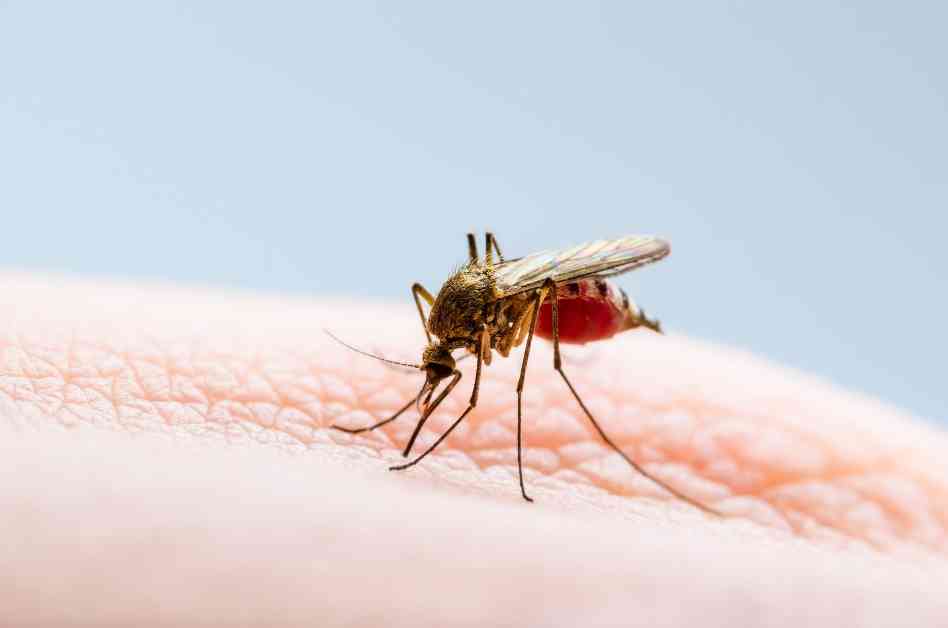The Oropouche virus has arrived in Italy in recent weeks with two confirmed cases in Lombardy, one case in Veneto (the first recorded in Europe, a 45-year-old man returning from the Caribbean), and one in Emilia-Romagna. It is a tropical disease caused by a virus that is transmitted after a bite from particular species of midges and mosquitoes found in the Amazonian regions of South America. Currently, the most affected countries are Brazil, Peru, Bolivia, and Cuba. In May, infectious outbreaks were reported and continue in some Cuban provinces: in fact, the virus arrived in Europe via travelers returning from Cuba. It is important not to be alarmed because there is no risk of human-to-human transmission, and the symptoms, which are nonspecific and similar to those of other insect-borne diseases, regress quickly. To date, a diagnostic test from Milan’s Sacco hospital and the situation of infected patients are under control.
The Oropouche virus is a single-stranded RNA virus that belongs to the Orthobunyavirus genus and the Peribunyaviridae family. Human infection is part of the arbovirus (viruses transmitted by arthropods, «viruses born in insects»), a series of viral diseases transmitted by insect bites, including dengue. The vectors of the Oropouche virus are a midge found in forests and near water bodies in the Caribbean and South America, the Culicoides paraensis, and less commonly the Culex quinquefasciatus mosquito. One of the reasons we should not worry too much is that the main culprit, Culicoides paraensis, is not widespread in Italy or Europe, and the mosquito rarely acts as a vector. In short, the disease is only present here when brought by people returning from travels in endemic areas, and the lack of human-to-human contagion prevents the virus from spreading in our country and on our continent.
The virus’s life cycle involves a «wild cycle,» in which it infects primates, birds, and arthropods, and an «epidemic cycle» in which the infected host is humans. It is important to know that one is only infected when bitten by the vector, the midge. The Ministry of Health reports the World Health Organization’s (WHO) statement that no human-to-human transmitted infections have been reported to date. Therefore, there is no need to worry or fear that an infected friend or relative may transmit the disease.
The symptoms of Oropouche fever can appear suddenly 4 to 8 days after the bite: the most common symptoms are high fever, vomiting, nausea, headaches, joint stiffness, muscle and eye pain. In rare cases, the virus can cause aseptic meningitis, but in most cases, the symptoms regress after 4-5 days and lead to complete recovery in a week. In some cases of more vulnerable patients or those with particularly strong symptoms, recovery and complete healing may take a few weeks. In all cases, no deaths have been reported following the infection.
Since there is no specific vaccine or treatment, therapies are only «supportive,» focusing on treating individual symptoms. The WHO recommends, as a prevention strategy where the virus is currently prevalent, the use of mechanical protections such as bed nets and chemical protections such as repellents for both environmental and human use (diethyltoluamide, or DEET, and deltamethrin are effective against both vectors, both Culicoides and the rarer Culex).
There are currently four cases of patients infected with the Oropouche virus recorded in Italy: the first, in June of this year, at IRCCS Don Calabria in Negrar, in the province of Verona (the first in Europe), was followed by a case at the hospital in Forlì and two in Lombardy identified through a specific diagnostic test based on molecular techniques developed at Milan’s Sacco hospital. Although the disease is new in Italy and Europe, in South America, the Oropouche virus has been identified since the 1950s and is endemic, meaning that infection outbreaks occur from time to time. Currently, according to the Centers for Disease Control and Prevention (CDC), there are outbreaks in Cuba as well as in Brazil, Bolivia, Colombia, and Peru: to stay informed about the situation’s evolution, you can consult the updated bulletin prepared by the Istituto Superiore della Sanità. For the first time, the virus has also been identified in Cuba, which, due to its nature as a very popular tourist destination, could represent a starting point for the virus to reach other continents. In fact, all Italian cases come from returning travelers from the Amazon or Cuba. The situation in Cuba is under control: 74 cases have been confirmed, none of them severe, and there are no travel restrictions considering the prevention and eradication operations of potential midge breeding sites implemented by the Cuban government.




















